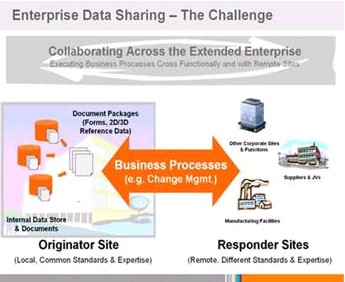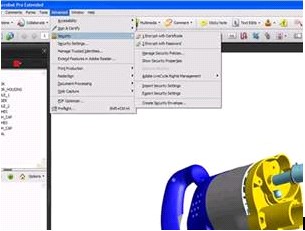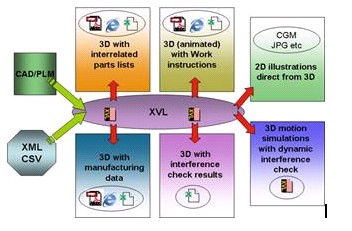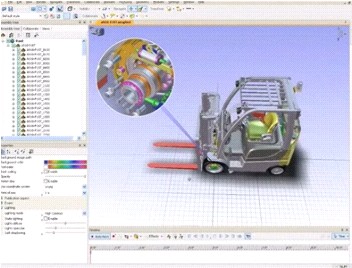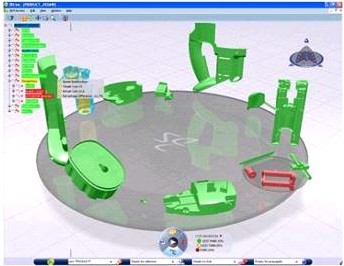One of the biggest PLM challenges is to play the role of connecting “organizational dots” such as Design to Manufacturing, Engineering To Order, Configuration To Order, Concept to Manufacturing. All of these terms are about creating a world where designers and engineers are connected with each other as well as with other players of product development – manufacturing, suppliers, and consumers. However, this connection is not straightforward – design and engineering data sometimes seem like a foreign language. To some departments, communicating with another department is like tourists trying to speak a language they don’t even understand.
The biggest problem I see today is that CAD and engineering knowledge remains in the Engineering Department language. A very small amount of people can speak this engineering language, not to mention knowing how to connect an engineering solution to solve a business problem.
At the same time, everybody knows about this problem. As one of the examples, take a look at this Adobe blog which presents the challenge of enterprise data sharing.
Out of the many different solutions that try to resolve this problem, I’d like to touch on a few them which I think are quite successful:
PDF and 3D PDF based tools are definitely leveraging the high PDF adoption rate by translating CAD and related engineering data to 3D PDF packages. You can use various offline and batch processing tools.
3D PDF Batch Processing Revisited
In parallel, XVL technology from Lattice also provides an alternative to translate CAD data into an XVL format and share this information across the organization.
Thinking Outside the 3D CAD System
3DVIA composer is also a translating tool – it allows you to gather CAD and 3D data together with additional information related to technical publications, manufacturing and some others. After generating new 3DVIA composer files, you can share and reuse this information in the organization.
An alternative approach in DS is the 3DLive product that allows everybody to access 3D information online without translating this information into other formats.
I can bring additional references on the tools that take 3D and engineering data and allow reuse of this data into enterprise. But this is not the key. For the past 20 years we succeeded in creating lots of tools that translate one data into another data – CAD to PDF, one CAD to another CAD (i.e. IGES, STEP), etc. My key point is that we are still missing the capability of connecting people working on different problems in the same organization: people working on design, people working on various manufacturing and supply chain optimizations, sales and others. There is no technology that allows them to work together, share the same problems and see one solution. We have come a long way – from proprietary data storage, RDBMS, XML, various 3D proprietary formats, various “standard” formats etc. All this being said, we are still missing something that can be used as a scalable foundation to represent CAD and engineering knowledge.
This technology has still not been invented, in my opinion, and this is a big topic. Since I’m sure I’ve missed references, examples and ideas. I’m planning to continue posts on this topic. I’d be glad to hear your voices and comments.




